In this article, we will learn about a young entrepreneur who was very successful and who started a business that involved the cultivation of spirulina and turned it into a thriving enterprise. On Mr. Bharath’s spirulina farm, we will get information on the cultivation of spirulina, as well as his investment and financial gain. Let’s check out how this farmer earning 80000 rupees from spirulina cultivation below.
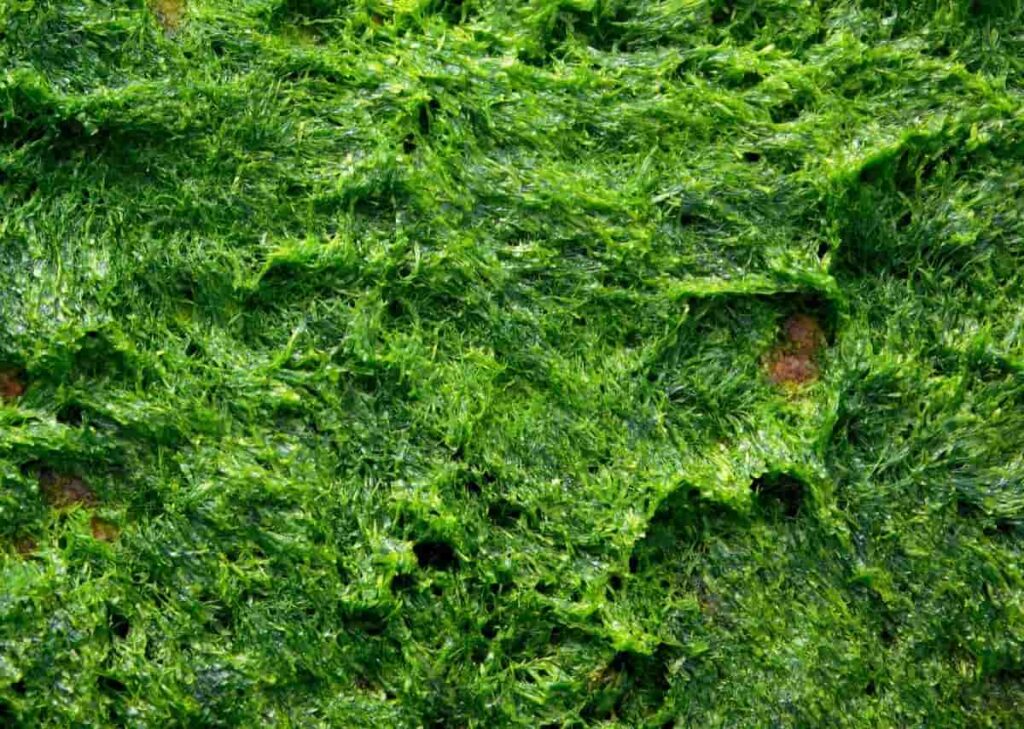
What is Spirulina?
Spirulina is an algae that has been linked to various positive effects on one’s health. These effects are attributable to the nutrient profile of spirulina as well as its potent antioxidant properties. Spirulina is one of the most widely used dietary supplements in the world. It is packed with various nutrients, including antioxidants, that can benefit your body and brain.
How can I grow spirulina at home in India?
Water is used for the cultivation of spirulina, which never makes touch with the ground. It calls for a pool or container set up in a backyard, on a patio, roof, or window sill. Sunlight is essential for the growth of spirulina. Direct sunlight can be harmful to Spirulina, particularly in its younger phases. Thus it’s crucial that the growing space can give shade. The necessary shading material can be easily removed. To cultivate spirulina, water is used, often in shallow containers or pools.
In case you missed it: Growing Spirulina from Scratch: Check How this Detailed Guide Helps Beginners

Aquarium tanks and other containers can be built of either plastic or glass. Sunlight is essential for spirulina growth; thus, storing it in a glass or other see-through container is recommended. Many different materials may be used to construct pools. Common materials include a structure and liner. Plastics made from polyethylene are recommended since they pose no known health risks to users. A greenhouse tarp liner is advised to prevent the cement from coming into touch with the Spirulina.
Water and nutrients make up the culture media used to cultivate spirulina. Spirulina is almost unchallenged in this culture medium because of its high pH. This implies that it can be watered with tap water, salt water, water from a body of natural water, or even rainwater; it is not “fussy.” The alkaline conditions in which Spirulina thrives are toxic to almost all parasites, bacteria, and viruses. Heavy metals in the water are not allowed since Spirulina will take them up.
Spirulina is cultivated in a culture media made of water and nutrients. The ideal pH range for a growing culture is 10–10.5. When Spirulina is harvested, it is taken out of the medium in which it was grown. A filtering apparatus is used. Cloth consisting of polypropylene, nylon, or polyester with a diameter density of 30-40 microns is an excellent option.
Is spirulina cultivation profitable in India?
Spirulina cultivation is one of India’s most lucrative businesses; you can expect to make a healthy monthly profit in this line of work.
In case you missed it: Organic Spirulina Farming – Cultivation, Growing Guide
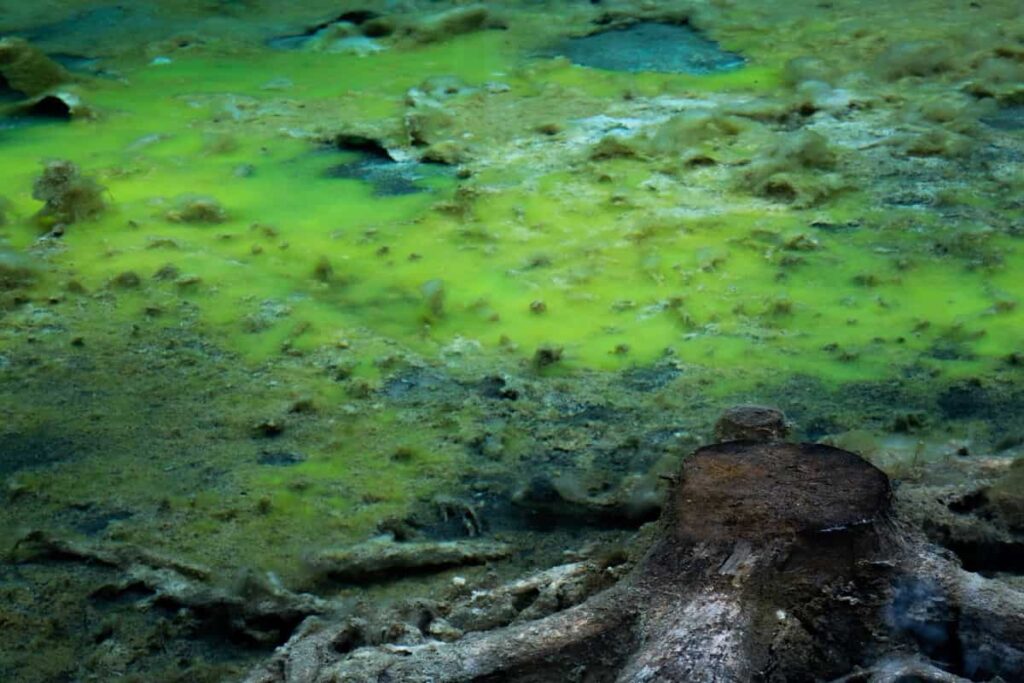
What do I need to start Spirulina farming in India?
The necessary permits for starting a spirulina factory in India are detailed below. Since you are dealing with food, the first step is registering with the Food Safety and Security Agency of India. You are acquiring a Business License. Your company may get MSME Udyog Aadhaar online registration. Any legitimate business needs a GST number. The State Pollution Control Board’s “No Objection Certificate” (NOC) is preferable.
To qualify for SSI benefits, you must register. To use the ISI Mark and comply with industry requirements, you must apply for BIS certification. Acquire VAT registration and learn whether or not it is mandatory. Last but not least, you need to register your trademark to safeguard your business’s identity.
How long does spirulina take to grow?
Starting with a single cell of the algae culture, spirulina is grown in a lab until it is ready to be placed in a glass tube, which is the first step in the manufacturing process. Under ideal conditions, Spirulina cells will divide once daily as the algae are transported through the system. Spirulina can be harvested after four to ten days under normal conditions. During culture, water and nutrients are exchanged for certain spirulina cells to promote development.
Since spirulina can soak up environmental toxins, it’s essential to be mindful of where you get it. Because low-quality spirulina can include contaminants like BMAA, herbicides, heavy metals, microcystin, and pesticides, it is essential to ensure that the spirulina you purchase comes from a reputable source if you want to get the full nutritional advantages of this supplement. Ensure the spirulina you buy isn’t cultivated in saltwater since this might lead to excessive iodine levels.
How long will spirulina last?
You may have read that spirulina is best stored in the refrigerator, a popular practice. Spirulina includes polyunsaturated lipids, which can degrade when exposed to heat, so storing it in the fridge is a fantastic method to preserve its effectiveness as a nutritional supplement. Unopened spirulina bags have a shelf life of around two years, but use caution since the nutritional value will decrease over time.
The powdered form of spirulina has a shelf life of three months once opened. Spirulina has a shelf life and might spoil. It is well known that the nutritional value of dietary supplements degrades with time, and spirulina loses even more of its value when exposed to air, humidity, and light.
In case you missed it: Spirulina Training Centers; Institutes In India
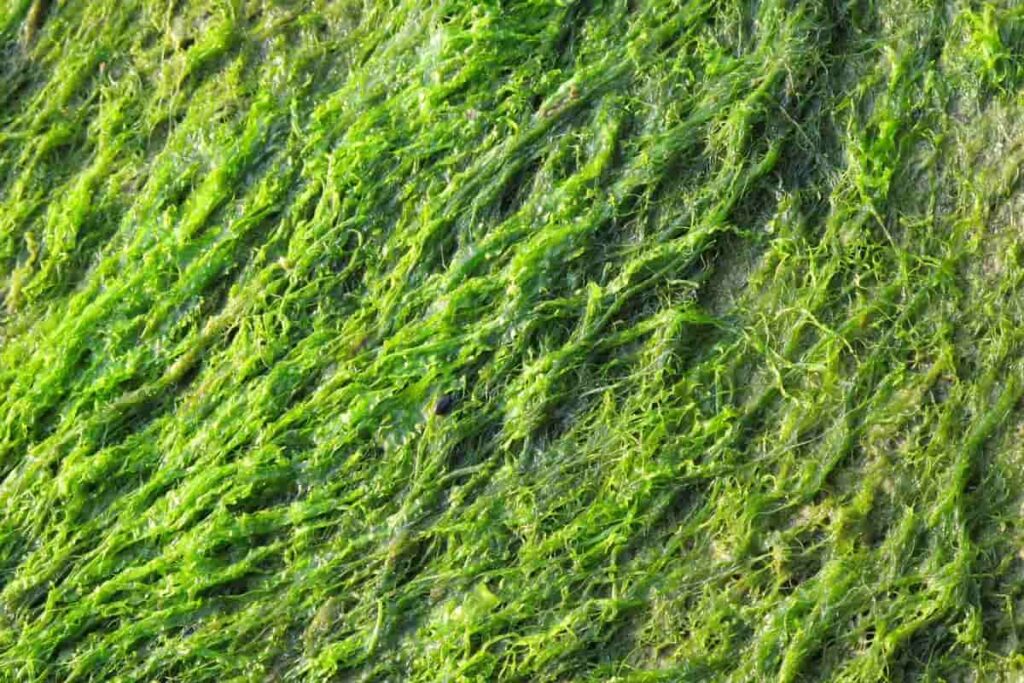
Does heat destroy spirulina?
The nutritious value of spirulina is diminished when it is heated. When you heat anything, you risk destroying important components like enzymes, amino acids, and proteins. When the dish is being served, spirulina should be added if it is to be consumed.
How this farmer earning 80000 rupees from spirulina cultivation
The Success story of Mr. Bharath
Mr. Bharath spirulina farming at the end of the pandemic. Mr. Bharath, who is just 25 years old, used to work in the IT industry. During the pandemic, as all IT companies announced work from home, he had much free time. He wanted to use this free time to do something productive. Since childhood, he has been very keen on starting his own business. He wanted to start his own business when he was 28.
Due to favorable situations, he started his business early. When thinking of what business to start, he didn’t have any ideas, but he did want to start something new. When searching for different business ideas, he came across spirulina. During and after the pandemic, many people have become health conscious. Demand has largely grown for products that are rich in nutrients.
Spirulina is an immunity booster with many vitamins, minerals, and antioxidants. After further investigation, he gathered details from the internet and decided to start his own Spirulina farm. Shortly after starting, his business became a huge success and rained profits. To further invest his time in the business, he quit and became a full-time spirulina farmer. Now let us get into the details of Mr. Bharath’s Spirulina farm. We will learn how to cultivate spirulina, investment, and profit from Mr. Bharath’s Spirulina farm.
Spirulina cultivation process, according to Mr. Bharath
Water facility is a must to cultivate Spirulina, says Mr. Bharath. You have to get your water tested and add any element that is not present in your water. Spirulina needs particular elements to be present in the water. These elements are different for water everywhere because water changes from place to place. So you have to get your water tested, and you should be able to add any deficient nutrients externally.
First, you should decide on how much land you will cultivate spirulina; after that, the land should be leveled. If the land is not leveled, then after you build the pond, all the algae lean toward one direction, which decreases the yield. Once the land is leveled, you can start your pond construction. The pond should be in a “U” shape with the wall in the middle. Mr. Bharath constructed two ponds for spirulina construction. And for these ponds, one filtration unit is built. The filtration unit filters the algae from the water and helps you collect the spirulina.
In case you missed it: Spirulina Extraction Process; Methods; Techniques
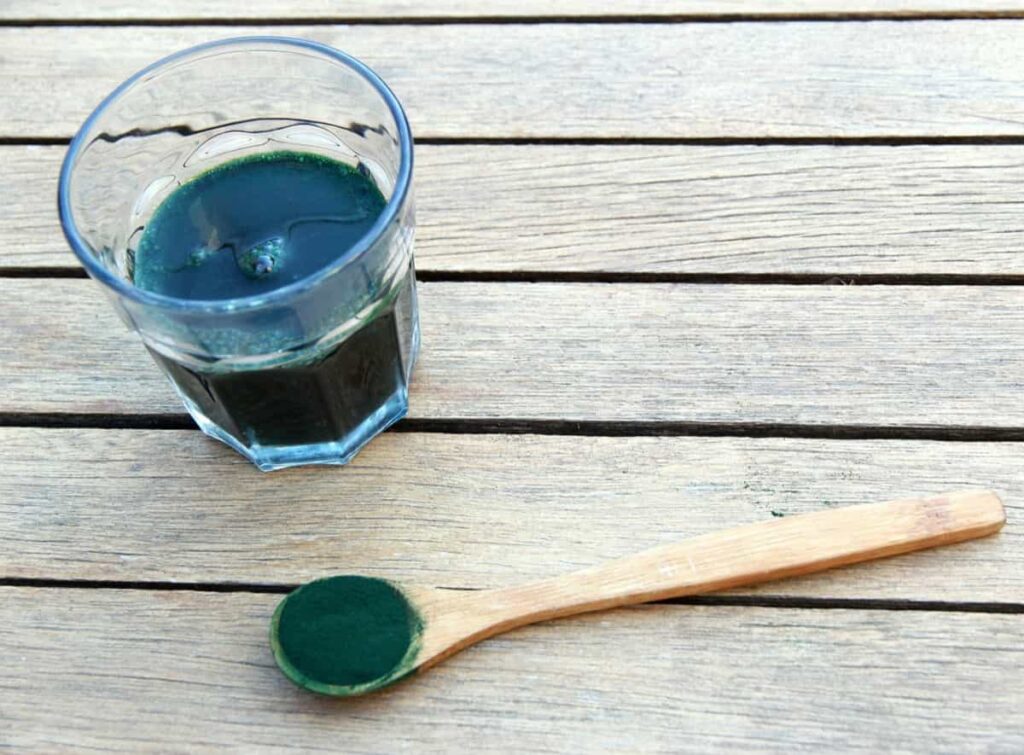
To construct the filtration unit, you will need a Nylon 50-micron cloth. In the filtration unit, first, a mesh is placed, and under that, the Nylon 50 microns cloth is placed. Also, you must buy and place aerators on one side for each pond. Once the ponds and filtration unit are constructed, you have to tuck in a polythene cover in the pond so that water does not touch your cement walls.
Once this is done, you have to release water into the pond, says Mr. Bharath. After the water is released, you have to add medicines to the water to improve your water quality. As mentioned above, what medicines are to be added will be decided by the water test results you have done before. You are just balancing the formula of spirulina by adding the required elements to your water on analyzing the test results. Once everything is set, you must buy the best spirulina seed for cultivation.
Mr. Bharath suggests people buy seeds that can bear even 50 degrees Celcius and thrive at 20 degrees Celcius. Once the seed is released, you must start the aerators and leave your pond for 15 days. You should not disturb it till then. The aerators should be turned on all day but not at night. Once you have finished this, you can harvest spirulina from the 16th day. On Mr. Bharath’s farm, he attached a motor at the north side of his pond, where the algae come and settle in due to wind.
That’s why he constructed his filtration unit north of his ponds. The motor sucks the water and algae (spirulina) into the filtration unit, where the spirulina is filtered, and the water is sent back to the pond from another pipe. In this way, the harvesting process goes on. Spirulina loves sunlight, says Mr. Bharath. He said that he gets a huge harvest during summer: the more sunlight, the more the harvest. Mr. Bharath says that he harvests 150 to 160 kgs per month in summer, whereas in the rainy season, he can only harvest nearly 100kgs.
Also, there is not much to cultivate when it comes to growing spirulina; it grows independently. We just have to take care of the harvesting and processing part. You can do the harvesting part on your own, or you can employ labor; this depends on how big the size of your farm is, said Mr. Bharath. Once the spirulina is harvested, you must dry it by spreading it on the cloth. Once it is dried, it is made into powder and ready for sale.
Investment and profit analysis of Mr. Bharath’s spirulina farm
As Mr. Bharath owns the land, he doesn’t have to pay any leases. For the construction of the ponds and filtration unit, it took him nearly 1 lakh rupees. And for the polythene cover to tuck the ponds with, it took him nearly 1.2 lakhs. For aerators and other motors, including all the machinery, it took him nearly 70,000 rupees. For labor, it takes him nearly 8,000 per month. You should also add your electricity bill as an investment.
In case you missed it: Spirulina Farming Project Report, Extraction Process
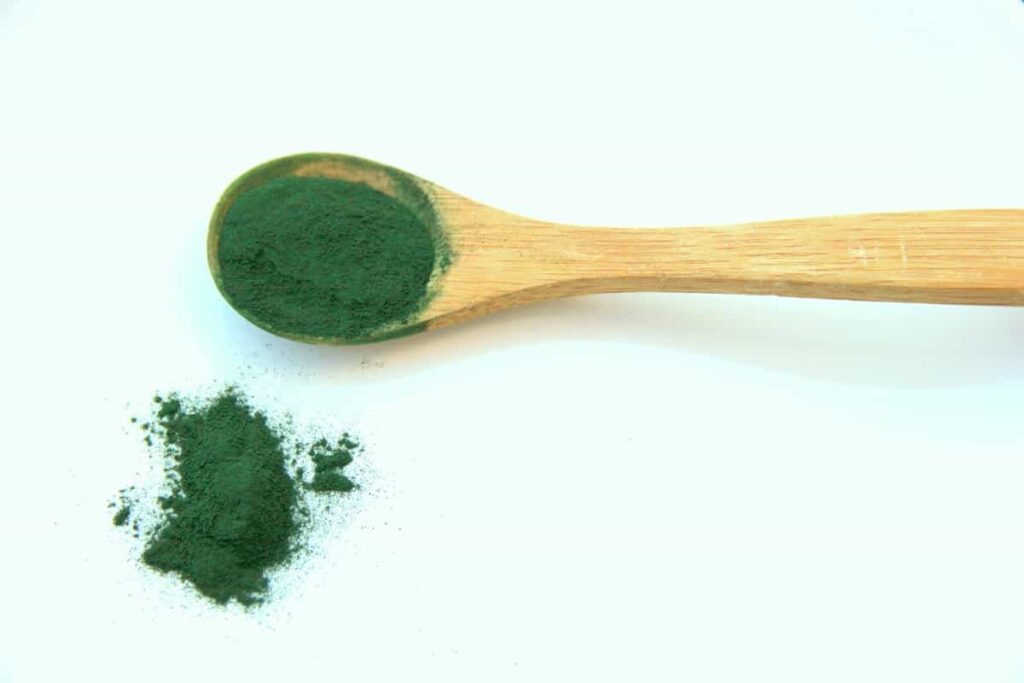
The significant running investment will be for medicines to balance the nutrients in your water. On average, it takes him nearly 40,000 rupees per month as an investment to cultivate spirulina. Regarding income, it depends on various elements, such as which season you are growing, how good you are at marketing, etc. Mr. Bharath’s income is nearly 1,20,000 per month, from which, if we eliminate the investment, we get nearly 80,000 rupees per month as profit.
This is huge for a beginner. Mr. Bharath suggests that young people enter such industries as these have such high demand in the market. He also guides many people in his town interested in starting spirulina cultivation. He is very happy, making much more than he used to at his old job. He is also considering expanding his spirulina cultivation and moving to online selling.
- How to Make Houseplants Bushy: Effective Tips and Ideas
- Innovative Strategies for Boosting Coconut Pollination and Yield
- Pollination Strategies for Maximum Pumpkin Yield
- The Complete Guide to Chicken Fattening: Strategies for Maximum Growth
- Natural Solutions for Tulip Problems: 100% Effective Remedies for Leaf and Bulb-Related Issues
- Revolutionizing Citrus Preservation: Towards a Healthier, Greener Future
- Natural Solutions for Peony Leaf and Flower Problems: 100% Effective Remedies
- Maximizing Profits with Avocado Contract Farming in India: A Comprehensive Guide
- Natural Solutions for Hydrangea Problems: 100% Effective Remedies for Leaf and Flowers
- The Ultimate Guide to Choosing the Perfect Foliage Friend: Bringing Life Indoors
- From Sunlight to Sustainability: 15 Ways to Use Solar Technology in Agriculture
- The Ultimate Guide to Dong Tao Chicken: Exploring from History to Raising
- The Eco-Friendly Makeover: How to Convert Your Unused Swimming Pool into a Fish Pond
- Mastering the Art of Delaware Chicken Farming: Essentials for Healthy Backyard Flocks
- 20 Best Homemade Fertilizers for Money Plant: DIY Recipes and Application Methods
- How to Craft a Comprehensive Free-Range Chicken Farming Business Plan
- Brighten Your Flock: Raising Easter Egger Chickens for Beauty and Bounty
- How to Optimize Your Poultry Egg Farm Business Plan with These Strategies
- Subsidy for Spirulina Cultivation: How Indian Government Schemes Encouraging Spirulina Farmers
- Ultimate Guide to Raising Dominique Chickens: Breeding, Feeding, Egg-Production, and Care
- Mastering the Art of Raising Jersey Giant Chickens: Care, Feeding, and More
- Ultimate Guide to Raising Legbar Chickens: Breeding, Farming Practices, Diet, Egg-Production
- How to Raise Welsummer Chickens: A Comprehensive Guide for Beginners
- How to Protect Indoor Plants in Winter: A Comprehensive Guide
- Ultimate Guide to Grow Bag Gardening: Tips, Tricks, and Planting Ideas for Urban Gardeners
- Guide to Lotus Cultivation: How to Propagate, Plant, Grow, Care, Cost, and Profit
- Agriculture Drone Subsidy Scheme: Government Kisan Subsidy, License, and How to Apply Online
- Ultimate Guide to Raising Araucana Chickens: Breed Profile, Farming Economics, Diet, and Care
- Bringing Hydroponics to Classroom: Importance, Benefits of Learning for School Students
- Ultimate Guide to Raising Polish Chickens: Breed Profile, Farming Economics, Diet, and Care
- Ultimate Guide to Raising Australorp Chickens: Profile, Farming Economics, Egg Production, Diet, and Care
- Silkie Chicken Farming: Raising Practices, Varieties, Egg Production, Diet, and Care
- Sussex Chicken Farming: Raising Practices, Varieties, Egg Production, Diet and Care
- Homemade Feed Formulations for Livestock: Discover Cost-effective Starter to Finisher Feed Recipes
- 20 Best Pig Weight Gain Supplements: Top Swine Weight Gain Formulas
- Ultimate Guide to Elderberry Farming: Propagation, Planting, Yield, Cost, and Profit
I m interested do farm.how I reach you